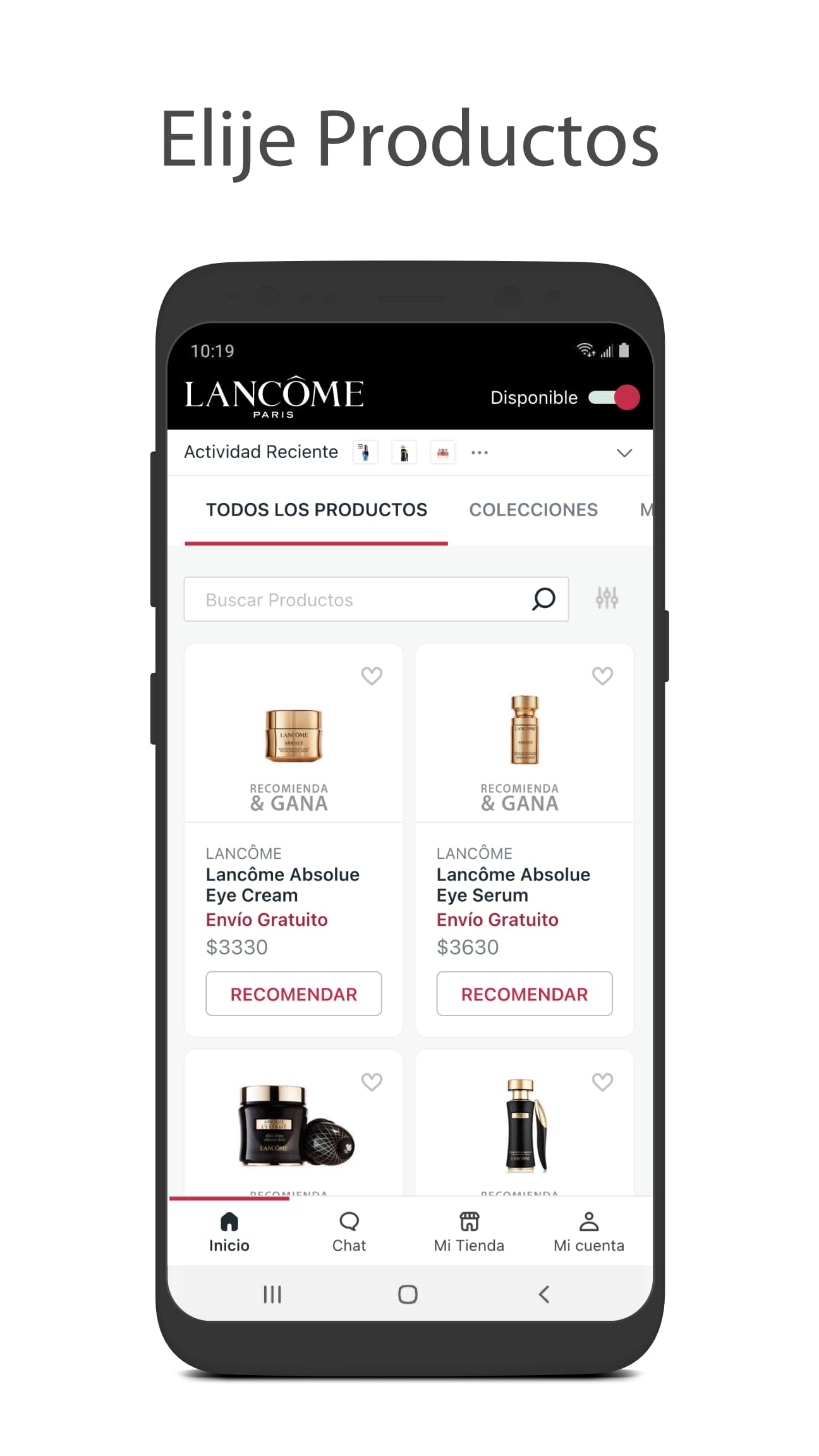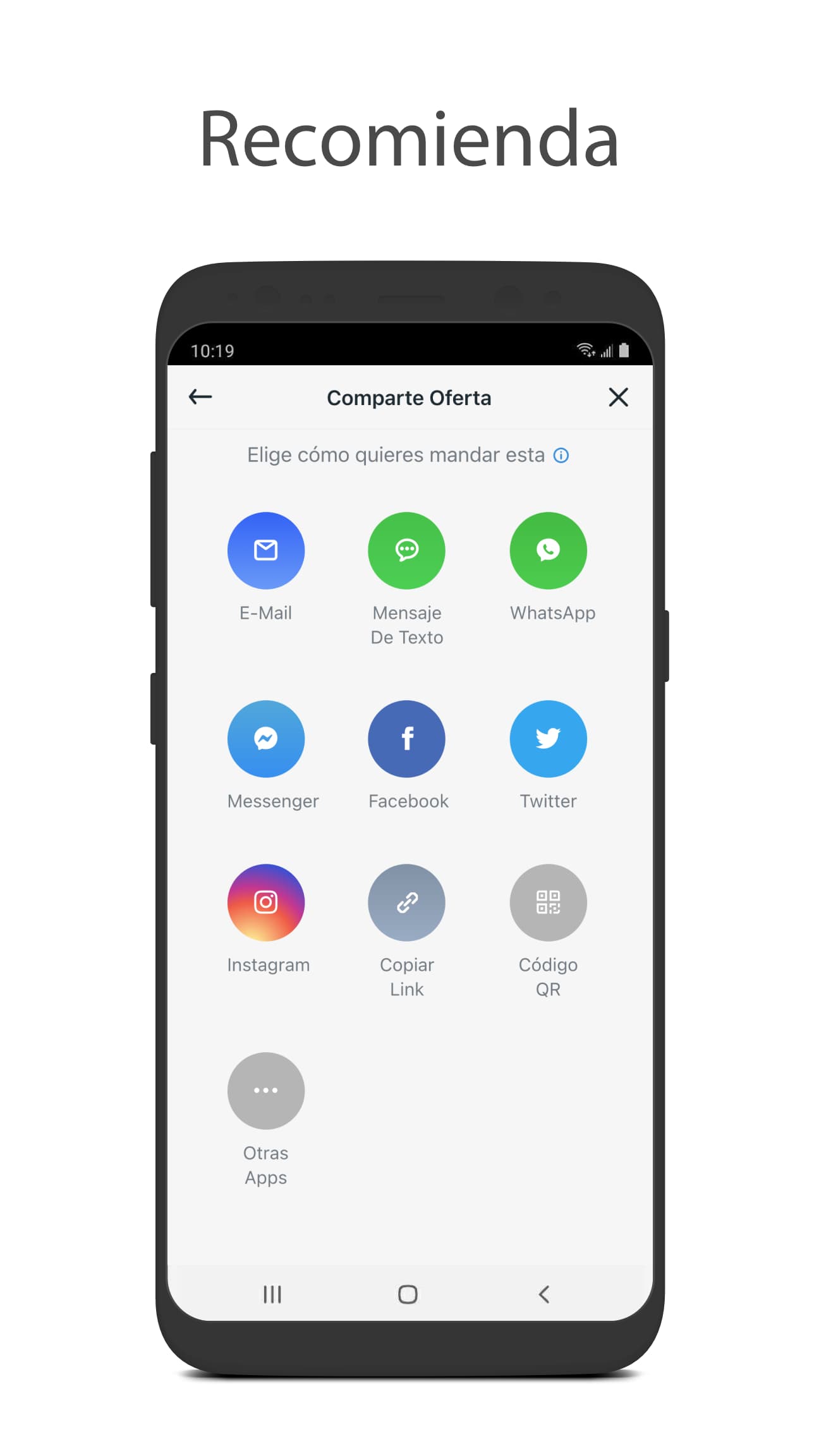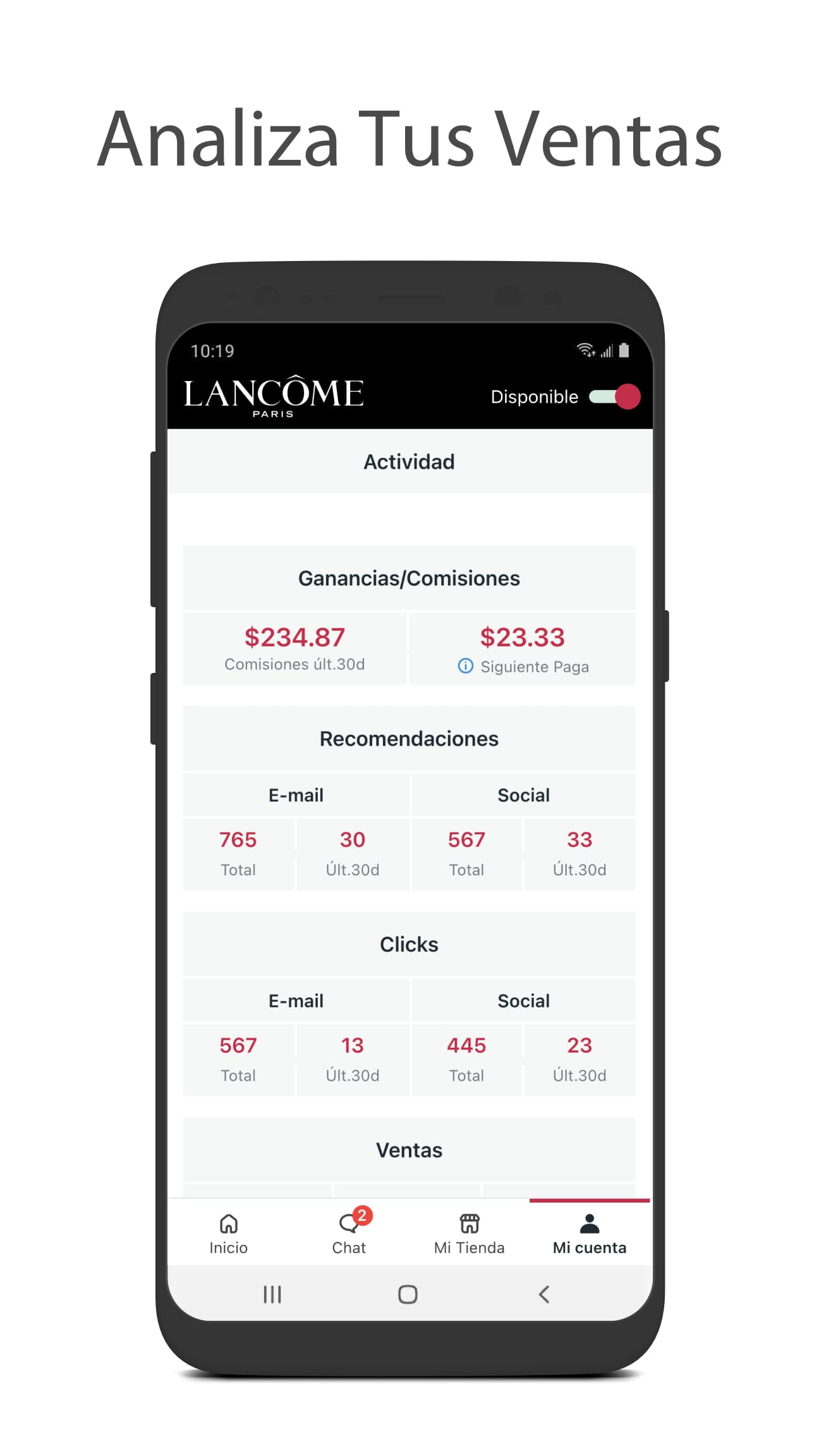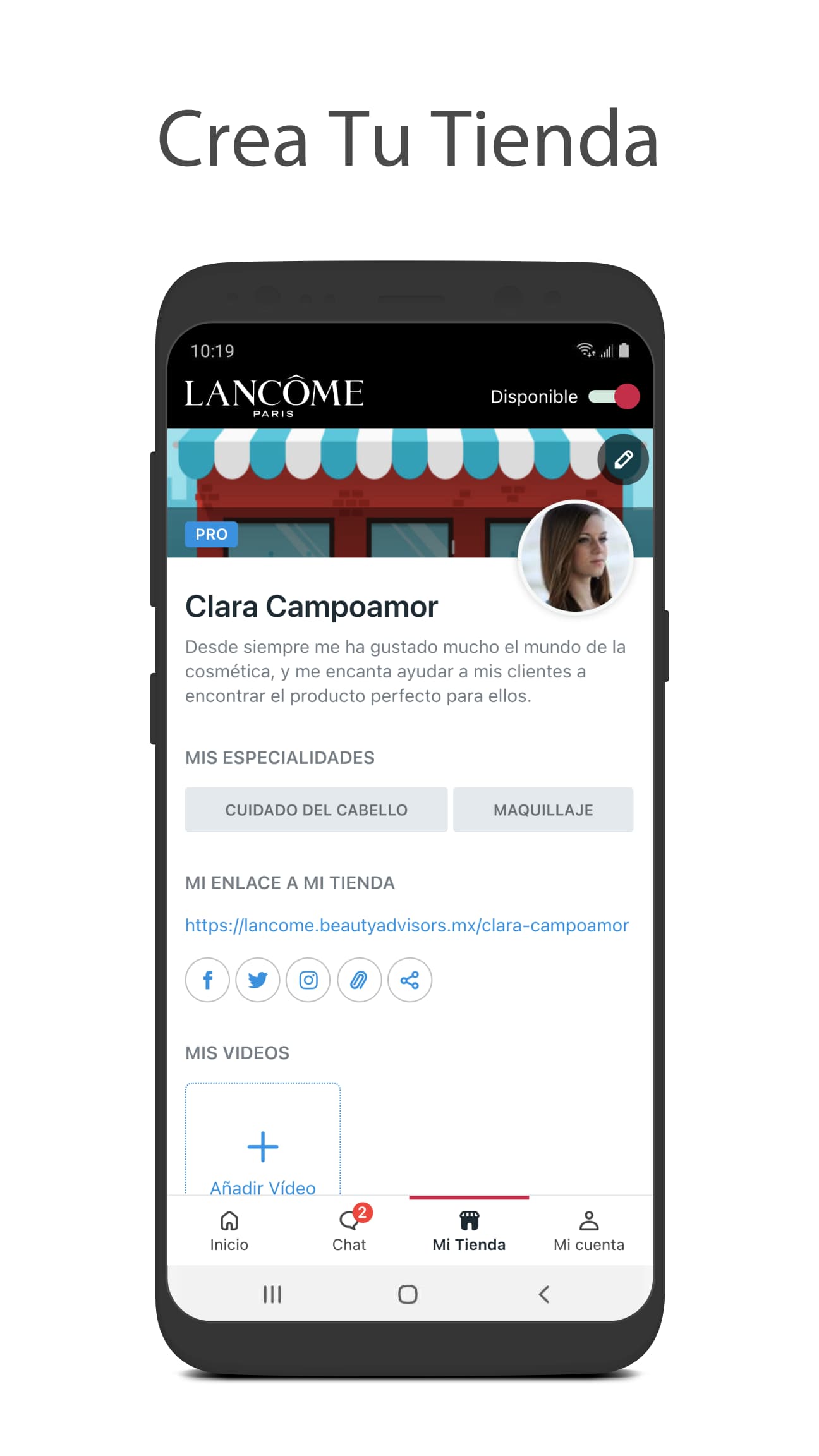Discover how PWAs enhance ecommerce: improved UX, faster load times, and push alerts boost sales. PWAs are more secure than native apps.
Introduction to PWAs

Progressive web apps (PWAs) are a relatively new technology that combines the best aspects of web pages and mobile apps. PWAs are web pages built using modern web development techniques to function similarly to native apps on mobile devices. The main benefits are faster load times, Push Notifications, and an app-like experience.
PWAs are ideal for ecommerce because they provide a frictionless shopping experience for customers. The app-like functionality works across all devices, eliminating the need to download a separate native app just to shop. With a PWA, the store loads fast, even on unreliable networks, keeping customers engaged. The offline capability allows shopping to continue when internet connectivity is lost. Overall, PWAs enable ecommerce sites to reach more customers and increase sales through better performance and seamless user experiences.
The core technologies used to build PWAs include HTTPS, Service Workers for offline support, and Web App Manifests so sites can be added to the home screen. When implemented correctly following progressive enhancement principles, PWAs combine the reach of the web with the functionality of native apps. For ecommerce, that means more customers can easily discover, engage and buy from your store regardless of device or network conditions.
Faster Performance
Progressive web apps offer much faster performance compared to traditional websites or native apps. They provide near-instant loading speeds, even on low quality networks. This is achieved through advanced caching techniques and service workers that store key app resources locally.
By providing lightning fast load times, progressive web apps can significantly decrease bounce rates. Pages load almost instantly, keeping users engaged with the app. This creates a much smoother user experience compared to constantly waiting for pages to load.
The faster performance also leads to improved conversions. With a progressive web app, users are not stuck waiting on slow page loads that lead to frustration and abandoned shopping carts. The rapid responsiveness facilitates more natural browsing and purchasing behavior.
According to research by Medium “Progressive Web App (PWA) Statistics 2024“, improved load times from progressive web apps can increase conversions by up to 50%. For ecommerce businesses, the impact on sales can be highly significant.
By leveraging the performance strengths of progressive web apps, ecommerce sites can provide customers with the fast, fluid experience they expect from the best native apps. The speedy load times keep users happy and engaged, leading to reduced bounce rates and more conversions.
App-Like Experience
Progressive web apps aim to provide an app-like experience right within the browser. This creates a more immersive experience for users compared to a traditional website, with minimal browser UI getting in the way.
Some key app-like experiences provided by PWAs include:
- Push notifications – PWAs can send push notifications to users, even when the app is not open. This allows for timely updates and engagement.
- Offline support – Service workers allow PWAs to work offline or on low quality networks. Content is cached for availability when no network is available.
- App-style navigation – The app shell model provides a minimal interface around content. This creates smooth navigation and transitions between “pages” more like an app.
- Full screen mode – PWAs can launch full screen on mobile devices, looking and feeling like a native app. No browser UI gets in the way.
- Separate install process – Users can install PWAs to their home screen and launch just like native apps, with icons on the home screen.
Overall, the app-like experience of PWAs provides a more immersive and engaging experience for users than typical websites. The capabilities bring many of the benefits of native apps right to the browser.
Lower Costs
Progressive web apps provide significant cost savings compared to native apps. There are no fees to publish PWAs in an app store. With native apps, developers must pay recurring annual fees to publish in app stores like the Apple App Store and Google Play Store. These fees can add up, especially for apps with frequent updates.
PWAs are also less expensive to build and maintain than native apps. They are built with web technologies like HTML, CSS, and JavaScript, which most developers are already familiar with. Native apps require learning platform-specific languages like Swift or Java. Plus, PWAs only need to be built once to work across platforms, while native apps need to be built separately for iOS and Android.
With PWAs, new features and fixes can be immediately deployed to production by updating the web app. But for native apps, updates need to go through the app stores’ review process. This makes maintaining PWAs much faster and cheaper.
Overall, PWAs remove many barriers of cost, development time, and maintenance that come with native mobile apps. For ecommerce companies with limited budgets, PWAs provide an affordable way to create app-like experiences.
SEO Friendly
Progressive web apps are designed to be highly discoverable by search engines like Google. Unlike native apps which live within app stores, PWAs are hosted right on the web. This makes them easy for Googlebot to crawl and index.
PWAs also make use of regular URLs just like a normal website. These clean URLs with relevant page titles and meta descriptions are easy for Google to understand. There’s no app install required, so users can easily find and land on your PWA pages through search.
The service worker in a PWA also allows your app content to be indexed by search engines. All of this adds up to great SEO ability for PWAs.
Additionally, PWAs allow for easy social sharing of URLs to your app content. Users can share links to your app that their friends can simply click and view in the browser, no install required. This makes it easy for new visitors to discover your app.
Since PWAs live on the web, any links from external websites to your PWA pages will pass on link equity and ranking ability. This gives you all the SEO benefits that normal websites enjoy with backlinks and domain authority building up trust and rankings over time.
Overall, you get all the SEO advantages of the open web along with the great user experience of an app using PWAs. Your app content will be visible in search engines and easy to share, driving discovery and growth.
Improved Security
Security is a top concern for any ecommerce site. PWAs provide enhanced security in several ways:
- Built-in HTTPS – PWAs require HTTPS, so all data transfer is encrypted. This prevents man-in-the-middle attacks and protects sensitive user information.
- Automatic updates – Unlike native apps, PWAs update automatically. This means security vulnerabilities can be patched immediately without requiring users to manually update.
- No app store risks – PWAs do not need to be submitted to app stores, avoiding any risks of insecure code making it through the review process. There is also no need to give up control to a third-party.
Overall, PWAs provide security advantages over both traditional websites and native apps. The built-in HTTPS, seamless update process, and independence from app stores result in a more secure experience for users. For ecommerce sites handling financial transactions and personal data, improved security is a compelling benefit of adopting a PWA.
Top PWA Examples
PWAs have been adopted by many top ecommerce sites and shown impressive results. Here are some real-world examples:
AliExpress
According to web.dev and Google, AliExpress increases conversion rate for new users by 104%
with new Progressive Web App
Results
- 104% for new users across all browsers; 82% increase in iOS conversion rate
- 2X more pages visited per session per user across all browsers
- 74% increase in time spent per session across all browsers
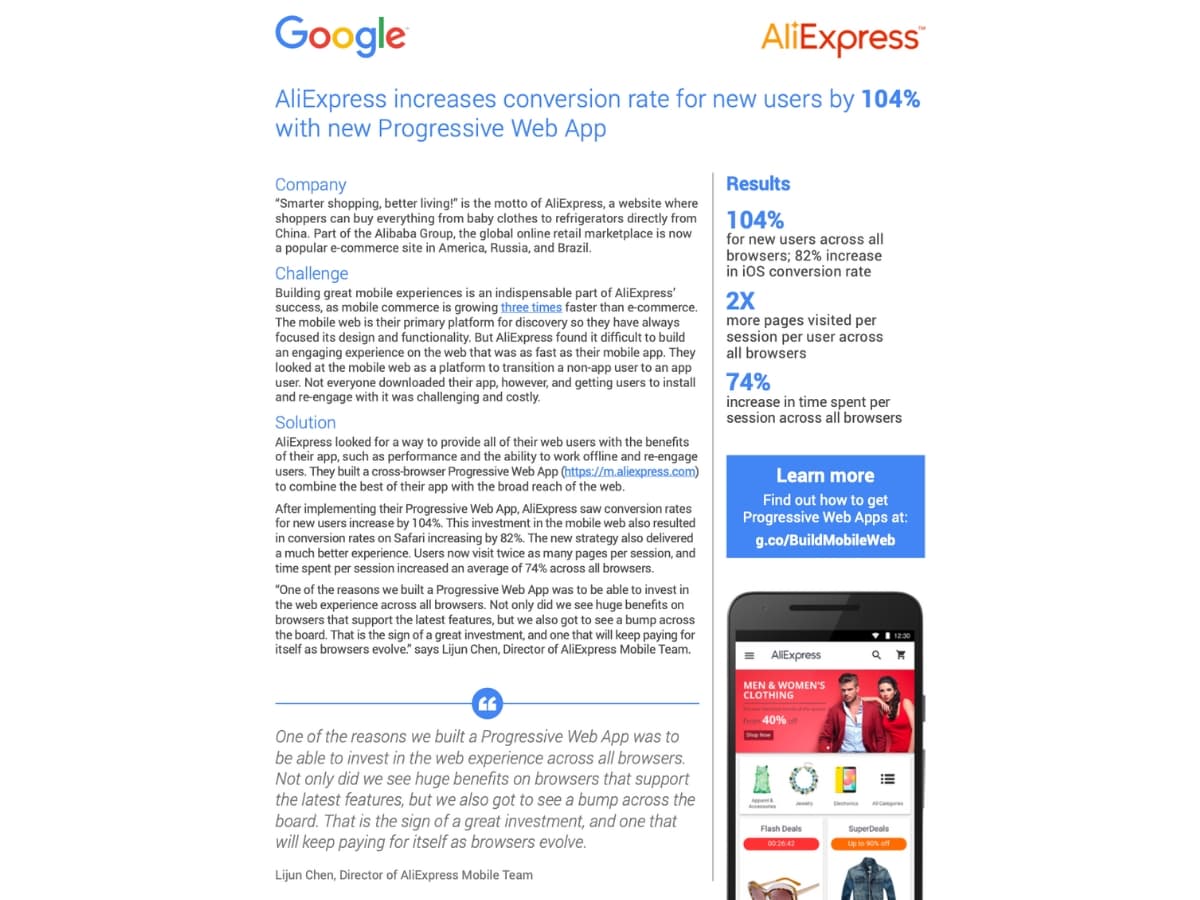
Lancôme
According web.dev to Lancôme rebuilds their mobile website as a PWA, increases conversions 17%.
To drive both traffic and re-engagement, luxury cosmetics brand Lancôme launched a Progressive Web App (PWA) with Mobify to deliver a fast, app-like experience on the mobile web.
- 17% increase in conversions
- 53% increase in mobile sessions on iOS
- 8% increase in conversion rates on recovered carts via Push Notifications
Images source: Google Play Store
MakeMyTrip
Based on information from web.dev, MakeMyTrip.com’s new PWA delivers 3X improvement in conversion rates.
MakeMyTrip is India’s leading travel company, with nearly eight million visitors to their site every month. Mobile has emerged as the preferred booking medium for MakeMyTrip customers, accounting for over two-thirds of the site’s traffic. After launching a Progressive Web App (PWA), their conversion rate on the mobile web tripled, while their page-load speed improved by 38%.
- 3X improvement in conversion rate
- 38% improvement in page load times
- 160% increase in shopper sessions
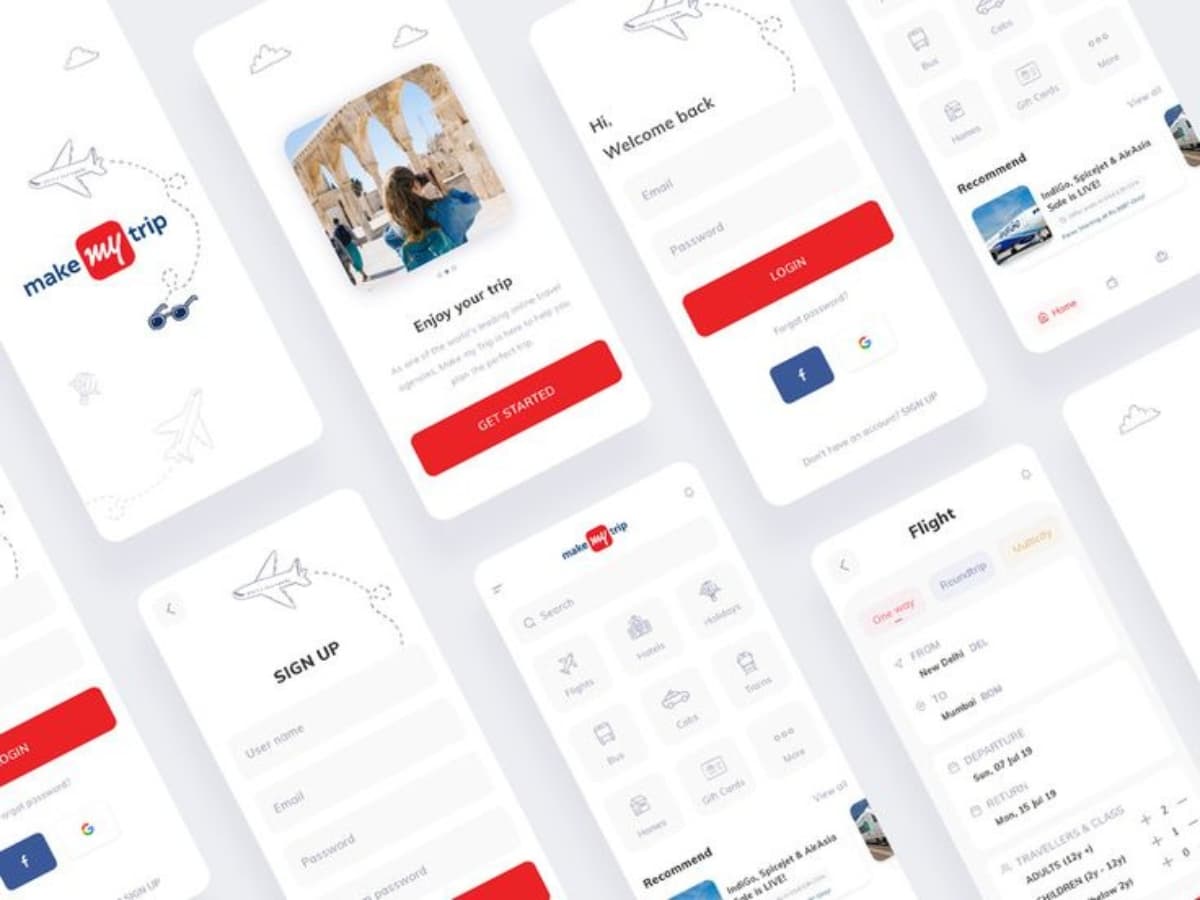
image source: https://www.pinterest.com/pin/2111131064171548/
Flipkart
Web.dev reports that Flipkart triples time-on-site with Progressive Web App.
Flipkart, India’s largest e-commerce site, decided to combine their web presence and native app into a Progressive Web Application that has resulted in a 70% increase in conversions.
In 2015, Flipkart, India’s largest e-commerce site, adopted an app-only strategy and temporarily shut down their mobile website. The company found it harder and harder to provide a user experience that was as fast and engaging as that of their mobile app. But then, Flipkart decided to rethink their development approach. They were drawn back to the mobile web by the introduction of features that made the mobile web run instantly, work offline, and re-engage users.
- Users time on site with Flipkart lite vs. previous mobile experience: 3.5 minutes vs 70 seconds.
- 3x more time spent on site
- 40% higher re-engagement rate
- 70% greater conversion rate among those arriving via Add to Homescreen
- 3x lower data usage
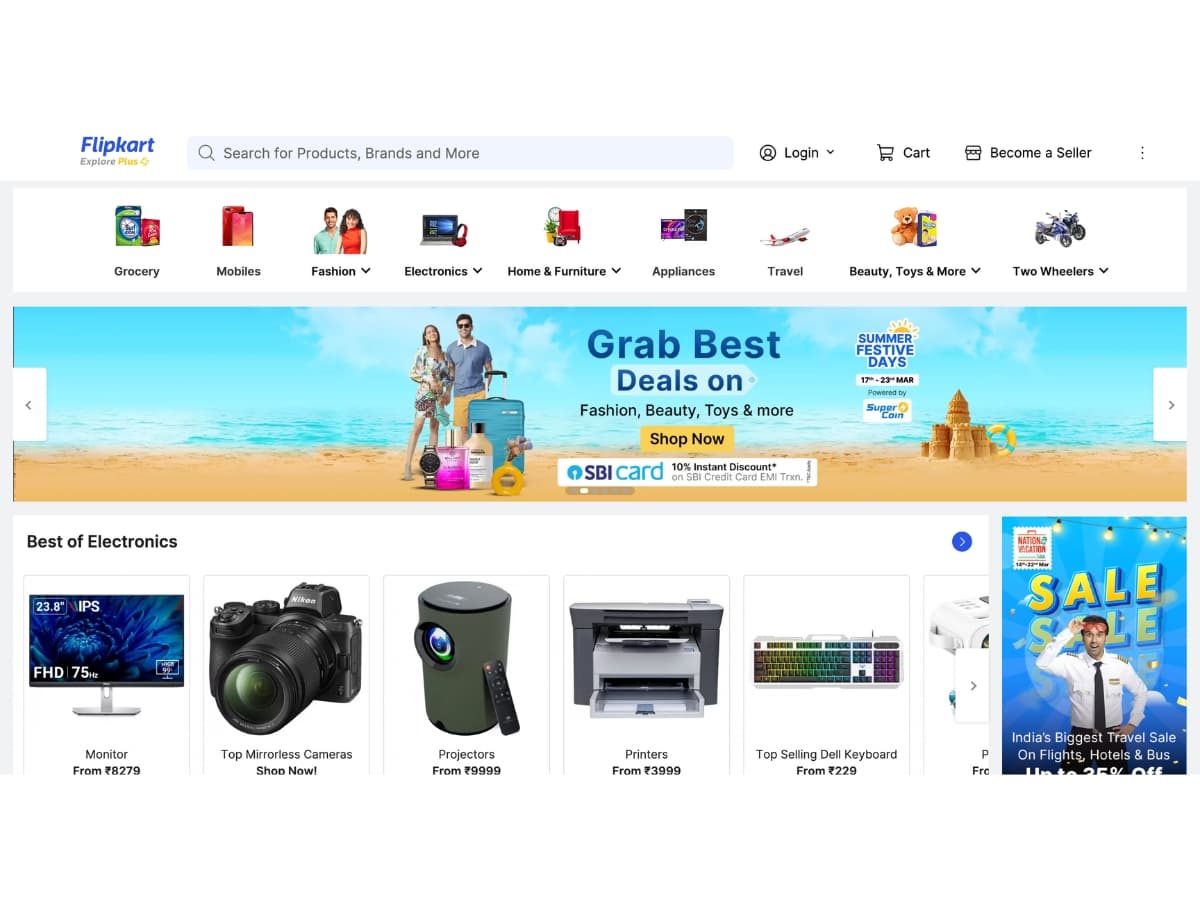
images source: flipkart
Best Practices for PWA Ecommerce Sites
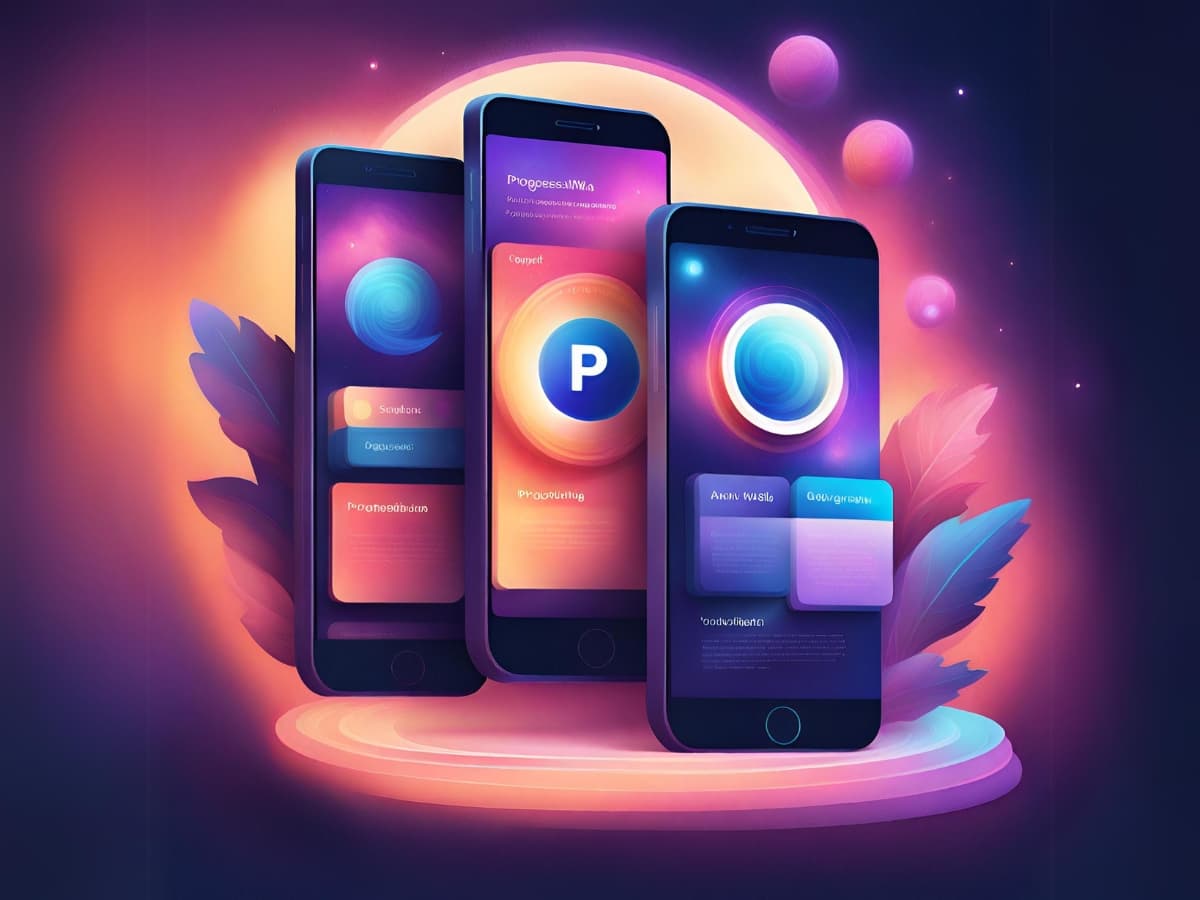
When building a progressive web app for ecommerce, follow these best practices for design, development, and optimization:
Design Considerations
- Make use of minimalist, app-like interfaces. Avoid cluttered designs.
- Focus on imagery, lifestyle photography, and visual storytelling.
- Implement Material Design principles and pattern libraries.
- Ensure a uniform look and feel across all device sizes with responsive design.
- Optimize images for fast loading with compression and adaptive sizing.
- Use iconography and intuitive gestures like swipe navigation.
- Include splash screens, loading indicators, and skeleton screens.
Development Guidelines
- Build with progressive enhancement in mind. Start with core HTML/CSS/JS.
- Implement service workers for caching and offline functionality.
- Leverage web app manifests for installability and home screen icons.
- Use IndexedDB or other storage solutions for offline data.
- Follow best practices for performance like code minification.
- Enable push notifications to re-engage users.
- Implement lazy loading for images and other assets.
Optimization Tips
- Test extensively on mobile devices pre-launch.
- Monitor and improve web vitals like LCP, FID, and CLS.
- Use Chrome DevTools to audit and improve performance.
- Analyze Core Web Vitals reports in Google Search Console.
- Leverage PRPL pattern and code splitting to improve loading.
- Compress images and videos for faster load times.
- Minify CSS, JS, HTML and remove unused code.
- Use HTTP/2 and HTTP caching for faster page loads.
Implementation Guide

Building a PWA for ecommerce follows these main steps:
Choose a Framework
Selecting the right JavaScript framework is crucial for developing a fast and effective PWA. The most popular options are:
- React – Offers great performance and component-driven architecture. Widely used by developers.
- Vue.js – Lightweight but fully-featured. Known for simplicity and approachability.
- Angular – Provides extensive tools and robust ecosystem. Ideal for large, complex apps.
For most ecommerce sites, React or Vue make excellent choices. Angular may be overkill unless building an intricate web app.
Progressive Enhancement
Start with a baseline website, then incrementally add PWA capabilities like service workers, manifest, push notifications etc. This progressive enhancement ensures the site remains usable for all browsers while unlocking advanced features.
Responsive Design
Implement mobile-friendly responsive design from the start. Many users will access an ecommerce PWA on their phones. Optimized responsive UI is essential.
Offline Support
Leverage service workers to cache key pages/assets so they load while offline. Show custom offline page if the user loses connection. This provides a native app-like experience.
Push Notifications
Prompt users to enable push notifications to receive updates about new products, sales, etc. This re-engages users and drives purchases.
Add to Home Screen
Use a web app manifest and prompt users to add the PWA to their home screen. This gives it an app-like presence while retaining the web’s low cost.
Testing & Deployment
Thoroughly test the PWA across devices, connections, and browsers during development. Audit performance using Lighthouse. When ready, deploy the PWA and monitor analytics.
Conclusion
Progressive Web Apps offer a number of clear benefits for ecommerce businesses looking to improve their mobile presence. By utilizing PWAs, ecommerce sites can provide users with a fast, app-like experience at a lower cost compared to native apps.
Key benefits of PWAs for ecommerce include:
- Faster load times – PWAs are optimized to provide lightning-fast performance, even on unstable networks. This results in higher engagement and conversion rates.
- App-like experience – Features like push notifications and offline access give PWAs the same look and feel as native apps to delight mobile users.
- Lower costs – Developing a PWA is much more affordable than building different native apps for each platform. Maintenance costs are also reduced.
- Improved SEO – PWAs are indexed like regular web pages so they help increase visibility in search results.
- Enhanced security – Served over HTTPS and without installs, PWAs are more secure than native apps.
For any ecommerce business struggling with high bounce rates or low mobile conversions, implementing a Progressive Web App is a smart solution. The benefits clearly outweigh the minimal costs. Businesses should consider migrating their current website to a PWA or building one from scratch. This will future-proof their mobile presence and provide the best possible user experience.

